John Garfield (born Jacob Julius Garfinkle, March 4, 1913 – May 21, 1952) was an American actor who played brooding, rebellious, working-class characters.
He grew up in poverty in New York City. In the early 1930s, he became a member of the Group Theatre.
In 1937, he moved to Hollywood, eventually becoming one of Warner Bros.' stars.
He received Academy Award nominations for his performances in Four Daughters (1938) and Body and Soul (1947).
Called to testify before the U.S. Congressional House Committee on Un-American Activities (HUAC), he denied communist affiliation and refused to "name names", effectively ending his film career.
Some have alleged that the stress of this persecution led to his premature death at 39 from a heart attack.
Garfield is acknowledged as a predecessor of such Method actors as Marlon Brando, Montgomery Clift, and James Dean.
Early life
Jacob Julius Garfinkle
Jacob Garfinkle was born in a small apartment on Rivington Street in Manhattan's Lower East Side, to David and Hannah Garfinkle, Russian Jewish immigrants, and grew up in the heart of the Yiddish Theater District.
In early infancy, a middle name—Julius—was added, and for the rest of his life those who knew him well called him Julie.
His father, a clothes presser and part-time cantor struggled to make a living and to provide even marginal comfort for his small family.
When Garfield was five, his brother Max was born. Their mother never fully recovered from what was described as a "difficult" pregnancy and birth.
She died two years later, and the young boys were sent to live with various relatives, all poor, scattered across the boroughs of Brooklyn, Queens, and The Bronx.
Several of these relatives lived in tenements in a section of East Brooklyn called Brownsville, and there, Garfield lived in one house and slept in another.
At school, he was judged a poor reader and speller, deficits that were aggravated by irregular attendance.
He would later say of his time on the streets there, that he learned "all the meanness, all the toughness it's possible for kids to acquire."
"If I hadn't become an actor, I might have become Public Enemy Number One."
His father remarried and moved to the West Bronx, where Garfield joined a series of gangs.
Much later, he would recall: "Every street had its own gang. That's the way it was in poor sections... the old safety in numbers." He soon became a gang leader. At this time, people started to notice his ability to mimic well-known performers, both physically and facially. He also began to hang out and eventually spar at a boxing gym on Jerome Avenue.
At some point, he contracted scarlet fever (it was diagnosed later in adulthood), causing permanent damage to his heart and causing him to miss a lot of schooling.
After he was expelled three times and expressed a wish to quit school altogether, his father and stepmother sent him to P.S. 45, a school for difficult children. It was under the guidance of the school's principal—the educator Angelo Patri—that he was introduced to acting.
Noticing Garfield's tendency to stammer, Patri assigned him to a speech therapy class taught by a charismatic teacher named Margaret O'Ryan. She gave him acting exercises and made him memorize and deliver speeches in front of the class and, as he progressed, in front of school assemblies.
O'Ryan thought he had a natural talent and cast him in school plays. She encouraged him to sign up for a citywide debating competition sponsored by The New York Times. To his own surprise, he took second prize.
With Patri and O'Ryan's encouragement, he began to take acting lessons at a drama school that was part of The Heckscher Foundation and began to appear in their productions. At one of the latter, he received backstage congratulations and an offer of support from the Yiddish actor Jacob Ben-Ami, who recommended him to the American Laboratory Theatre.
Funded by the Theatre Guild, "the Lab" had contracted with Richard Boleslavski to stage its experimental productions and with Russian actress and expatriate Maria Ouspenskaya (I gave her a tribute) to supervise classes in acting.
Former members of the Moscow Art Theatre were the first proponents of Konstantin Stanislavski's 'system' in the United States, which soon developed into what came to be known as "the Method."
Garfield took morning classes and began volunteering at the Lab after hours, auditing rehearsals, building and painting scenery, and doing crew work.
He would later view this time as beginning his apprenticeship in the theater.
Among the people becoming disenchanted with the Guild and turning to the Lab for a more radical, challenging environment were Stella Adler, Lee Strasberg, Franchot Tone, Cheryl Crawford and Harold Clurman. In varying degrees, all would become influential in Garfield's later career.
After a stint with Eva Le Gallienne's Civic Repertory Theater and a short period of vagrancy, involving hitchhiking, freight hopping, picking fruit, and logging in the Pacific Northwest (Preston Sturges conceived the film Sullivan's Travels after hearing Garfield tell of his hobo adventures), Garfield made his Broadway debut in 1932 in a play called Lost Boy.
It ran for only two weeks but gave Garfield something critically important for an actor struggling to break into the theater: a credit.
Garfield received feature billing in his next role, the office boy in Elmer Rice's play Counsellor-at-Law, starring Paul Muni.
The play ran for three months, made an Eastern tour, and returned for an unprecedented second, repeat engagement, only closing when Muni was contractually compelled to return to Hollywood to make a film for Warners.
At this point, Warner's expressed an interest in Garfield and sought a screen test. He turned them down.
Garfield's former colleagues Crawford, Clurman, and Strasberg had begun a new theater collective, calling it simply "the Group," and Garfield lobbied his friends hard to get in.
After months of rejection, he began frequenting the inside steps of the Broadhurst Theater where the Group had its offices. Cheryl Crawford noticed him one day and greeted him warmly. Feeling encouraged, he requested an apprenticeship. Something intangible impressed her, and she recommended him to the other directors. They made no objection.
Clifford Odets had been a close friend of Garfield from the early days in the Bronx.
After Odets' one-act play Waiting for Lefty became a surprise hit, the Group announced it would mount a production of his full-length drama Awake and Sing. At the playwright's insistence, Garfield was cast as Ralph, the sensitive young son who pleads for "a chance to get to first base." The play opened in February 1935, and Garfield was singled out by critic Brooks Atkinson for having a "splendid sense of character development."
Garfield's apprenticeship was officially over; he was voted full membership by the company.
Odets was the man of the moment, and he claimed to the press that Garfield was his "find" and that he would soon write a play just for him. That play would turn out to be Golden Boy, but when Luther Adler was cast in the lead role instead, a disillusioned Garfield began to take a second look at the overtures being made by Hollywood.
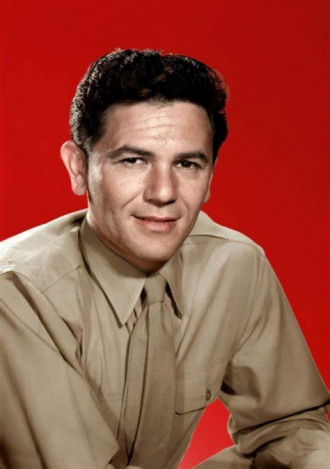
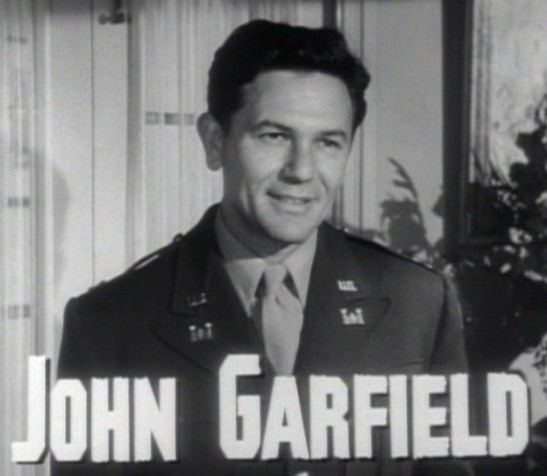
 Amanda S. Stevenson
Amanda S. Stevenson 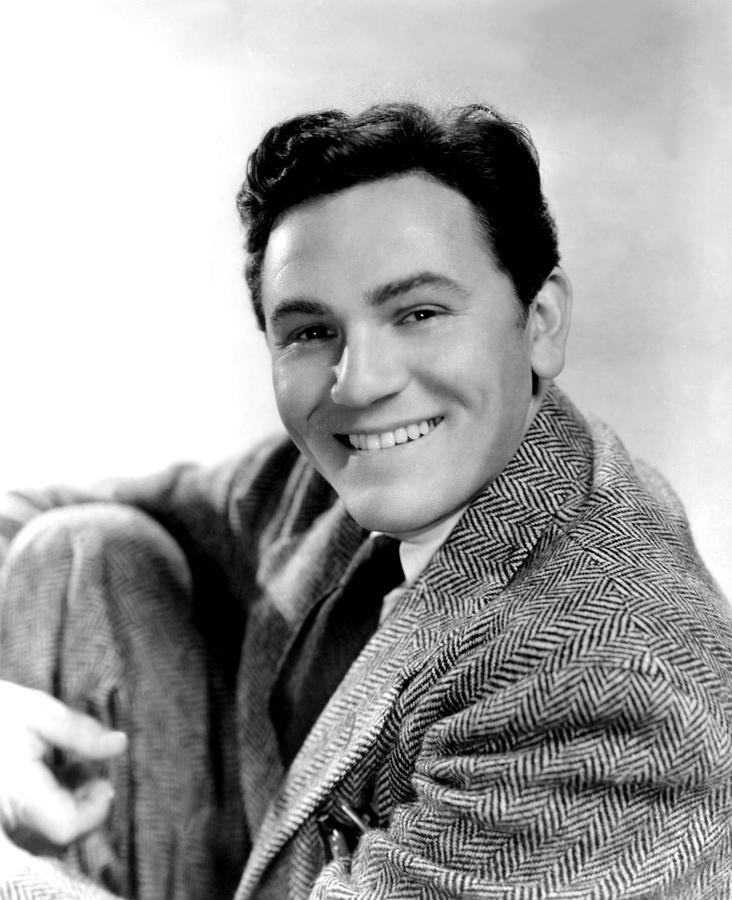
 Amanda S. Stevenson
Amanda S. Stevenson 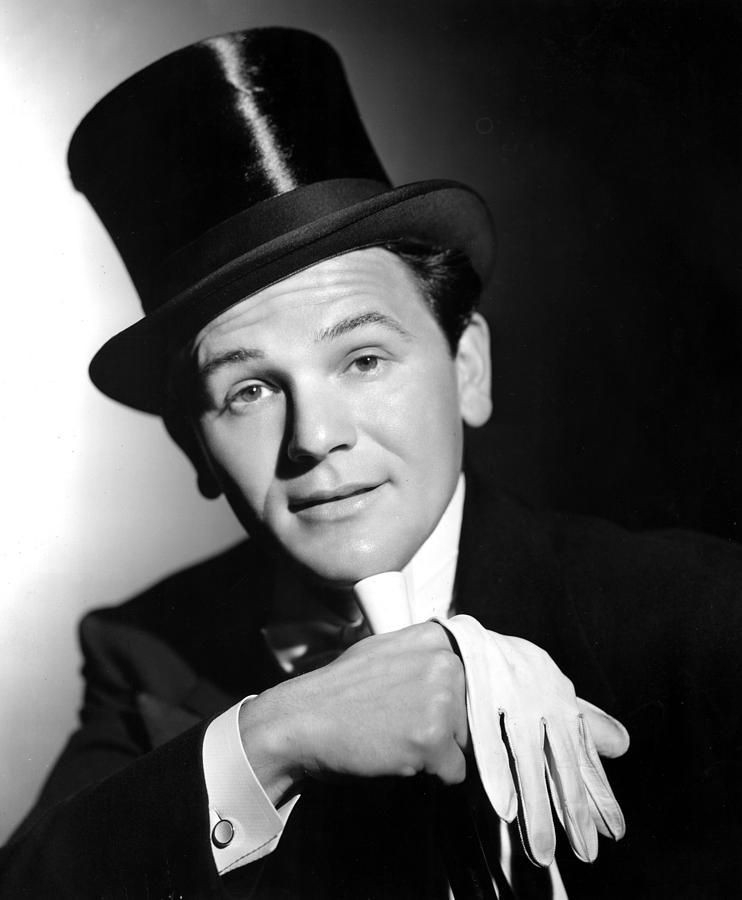
 Amanda S. Stevenson
Amanda S. Stevenson 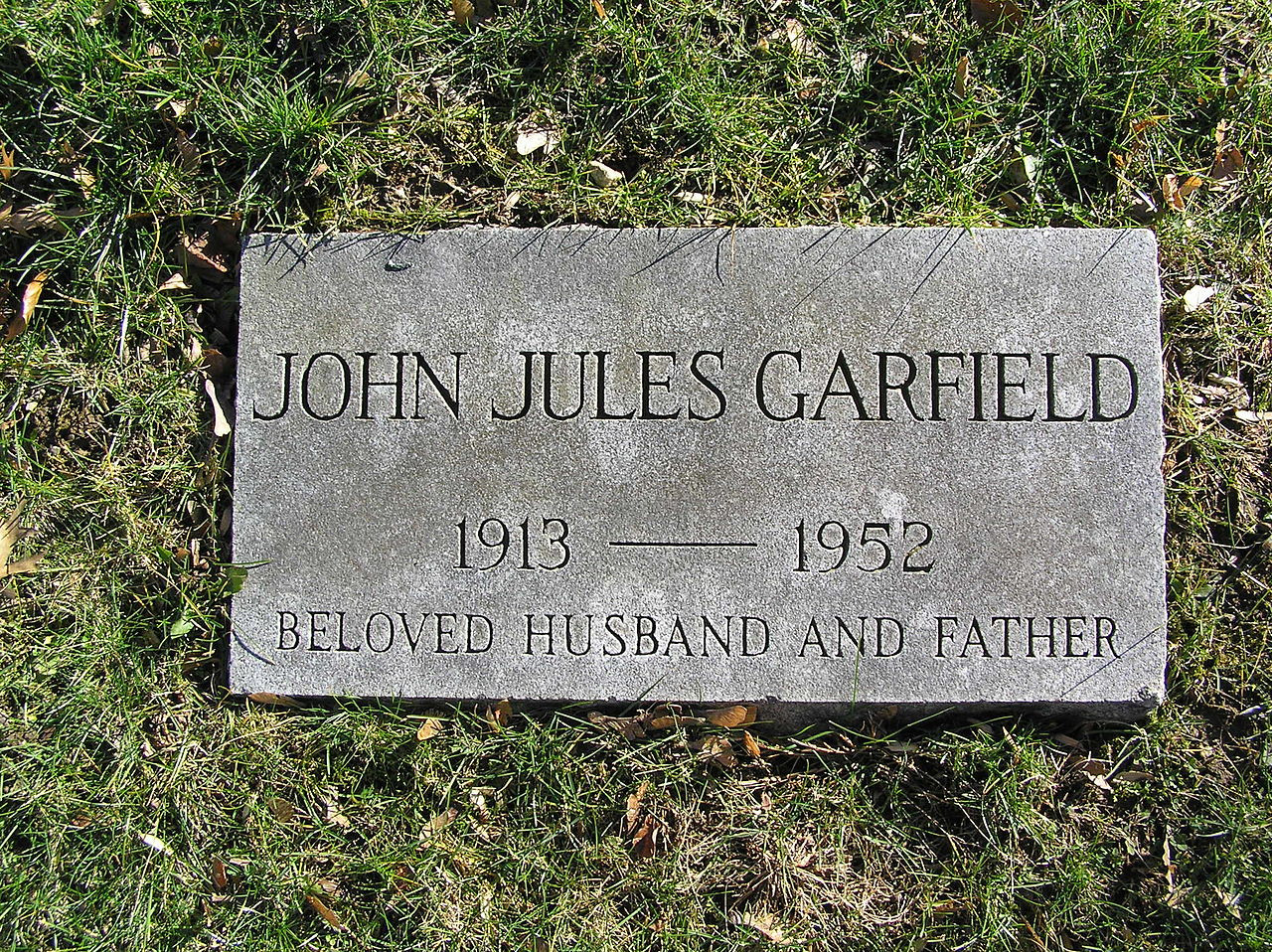
 Amanda S. Stevenson
Amanda S. Stevenson 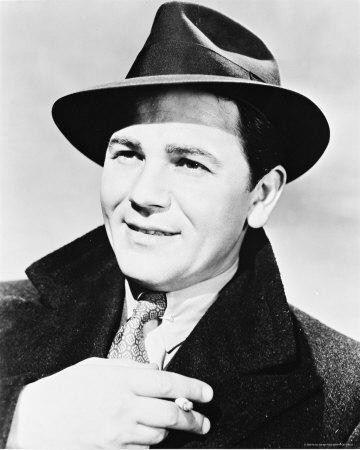
 Amanda S. Stevenson
Amanda S. Stevenson 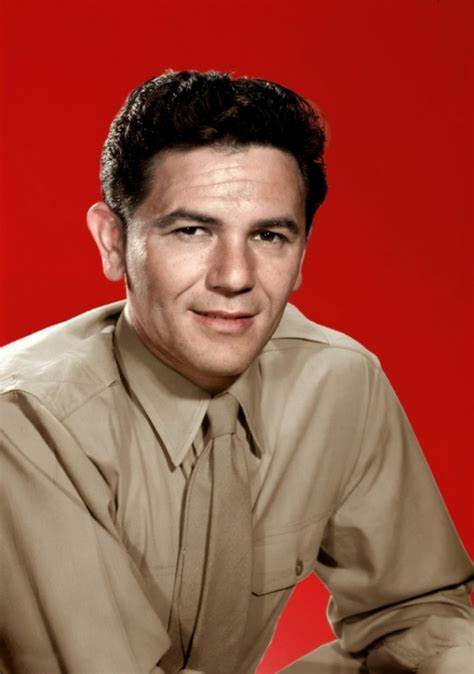
 Amanda S. Stevenson
Amanda S. Stevenson 
